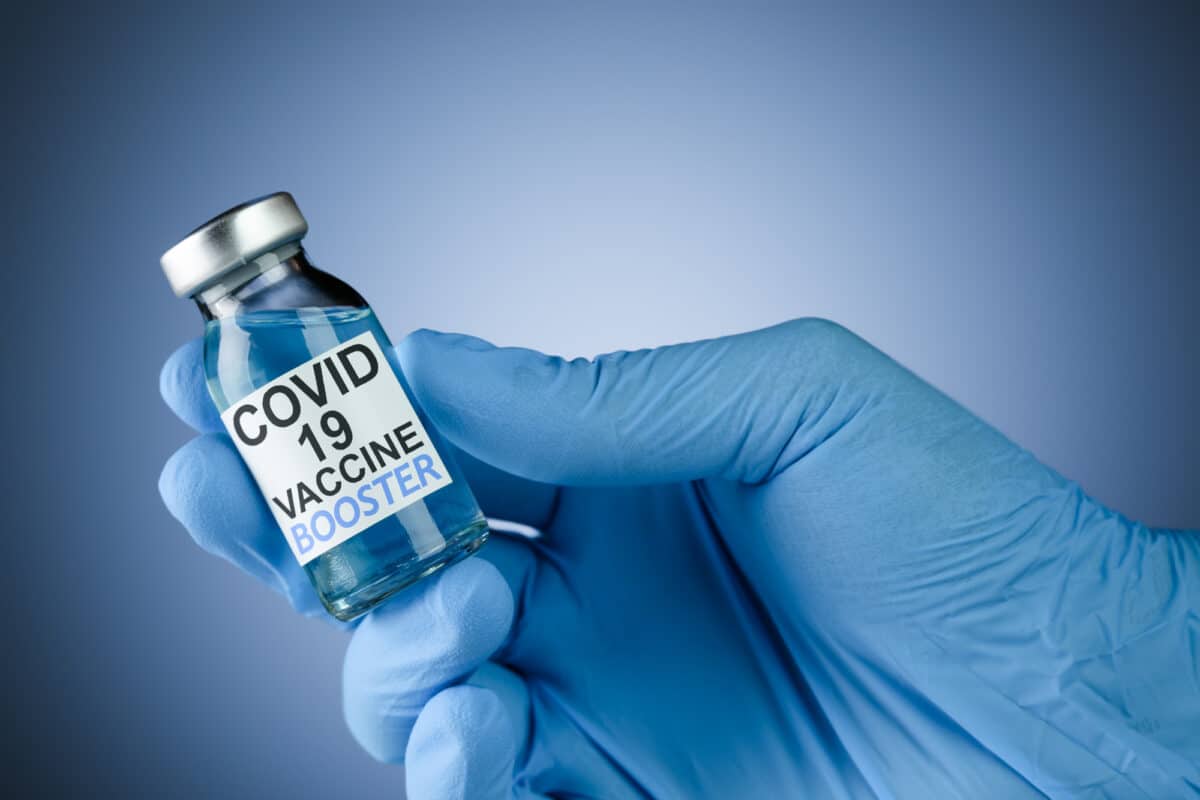Every day you interact with germs more than you would think. Whether it is at school, work, or Saturdays at the mall, germs are everywhere and you need to ensure that you are taking appropriate protective measures.
This need has increased significantly in the wake of the Covid-19 pandemic that has seen many people have to become highly restrictive on travel and interaction, as well as being more aware of their overall sanitation.
The Significance of Hand Sanitizer
Research has shown that hand sanitizers are just as effective as hand washing in the killing germs and other
Here is a breakdown of several advantages you can benefit from by arming yourself with an alcohol-based sanitizer.
Convenience
Every day, hundreds of millions of people are out and about trying to get on with their daily routines. Not a lot of people pay attention to what they touch and as such, risk exposing themselves to bacteria-related infections. The unavailability of hand-washing stations makes matters even more difficult.
When it comes to good hand hygiene, alcohol-based sanitizers are highly convenient and effective. The CDC recommends washing hands with soap and running water as often as possible but where this cannot be done, hand sanitizers provide a great alternative.
They are extremely convenient as you can carry your sanitizer around with you everywhere you go. Their minuscule nature allows them to fit easily in any pocket or bag.
A hand sanitizer dispenser can also be installed in multiple communal areas such as schools, hospitals, malls, and offices. This allows people to practice safe hygiene measures even as they go about their daily lives.
Powerful Disinfectant
As the question of efficiency concerning alcohol-based sanitizers rises, it is important that we dial back a few years to recount the historical background of alcohol as a disinfectant.
Dating back hundreds of years, people used alcohol as a way to kill germs, especially medically practitioners who prevalently used the chemical on the operating table. This is because of alcohol’s ability to kill germs in a process known as denaturation.
This means that alcohol changes the very nature of the bacteria and germs that are on the skin, therefore, rendering them inactive and unable to cause harm. However, for the chemical to become effective, it has to have an alcohol concentrate up to a certain percentage. The Centre for
Therefore, when buying a hand sanitizer, it is very important that you check its labeling. Read the ingredients listed as well as their quantities and percentages. The same goes for people who have installed hand sanitizing stations in public spaces such as work areas and hospitals. They must ensure that the sanitizers in use are also adhering to CDC guidelines.
Improves Health
Alcohol-based sanitizers help better people’s overall health by taking on a preventative role. The sanitizer fights germs that are on the skin by changing the nature of the organism. Where some critics have argued that using sanitizers lowers an individual’s immunity and ability to fight off germs, this claim is completely untrue.
Alcohol-based hand sanitizers work to kill the germs that are contracted from the things that people touch through their day. Since sanitizers do not harm the naturally occurring bacteria on your skin, they do not lower your immunity. And as a preventative measure, sanitizers work to ensure that your health is not compromised.
Are Readily Available
With the increased need for proper sanitation, putting in place structures that cater to that has become very important. Alcohol-based hand sanitizers are easy to set up in multiple areas that could have a steady traffic of people.
Unlike taps that require piping and infrastructure considerations, installing a hand sanitizer dispenser is cheaper and less troublesome. For instance, it is easier for public schools and offices to put up multiple sanitizations across hallways points than constructing more taps and water points for hand washing.
It is also easier to place a hand sanitizer dispenser inside of a classroom or a department store entrance. This practice can go a long way in ensuring that people stay safe against germs.
Are All Sanitizers the Same?
Considering the difference in branding and companies, not all sanitizers are the same. This makes product selection very important. Your best bet is to follow the CDC’s guidelines and ensure that the hand sanitizer you use has an alcohol content that is over 60%. Anything below that is considered ineffective.
The higher the alcohol, however, the greater the risks of one’s hands drying out. Dried hands could lead to micro-abrasions if not checked. Other considerations such as scent, size, or packaging will not matter if the sanitizer is not effective.
The same applies to those who choose to make their own sanitizers. DIY sanitizers are a great alternative because they provide a zero-waste option for the environmentally conscious. They also give users peace of mind because they are well aware of the full ingredients used in making their sanitizer; something that is not always possible in store-bought sanitizers.
They also help fill in any gap that has been left by supply shortages. Whether it is for a small batch to carry in your bag or a larger one made to fill a few dozen hand sanitizer dispensers, it is important that they too adhere to the set guidelines.
A good rule of thumb is to have 3 parts alcohol to one part of the other ingredients you will add.
How to Sanitize Effectively
Although alcohol-based sanitizers are a great asset against germs, how you sanitize matters as well. Sanitizers are ideally used when you have had hand contact with someone who is a potential virus carrier or a contaminated surface.
Support poles on subway trains are a good example of surfaces that could be contaminated due to the number of people who hold on to them. When you get off the train, you should probably disinfect your hands using hand sanitizer.
Most manufacturers place instructions on the bottle to help guide you on the recommended amount so that’s something you can always just to be sure.
Simply squeeze a few drops of the liquid on your palm. Proceed to rub your palms together, working the sanitizer through your hands and in between the fingers as thoroughly as possible for about twenty seconds. This allows the sanitizer enough time to kill existing germs by penetrating the spaces between your fingers.
It is important to note that recontamination can occur even after sanitizing. Hand sanitizer does not give you any lasting immunity. For example, if you sanitize your hand and immediately touch a contaminated surface, you are likely to get contaminated.
Even though sanitizers are great essentials, some situations will call for their use more than others. These include when you are running errands such as going to the supermarket, traveling, going on a walk or hike. In general, activities that require you to be out of the house and not able to access running water will call for sanitizers.
Precautions to Observe When Using Hand Sanitizer
While alcohol-based hand sanitizers are great for fighting against germs, they still must be used with a degree of caution. Alcohol is highly flammable and you must be careful when using it near a fire source as it could prove harmful.
If you have kids, make sure they are well instructed or supervised when using hand sanitizer to avoid unfortunate incidents such as them ingesting the liquid. Swallowing alcohol-based sanitizer could prove very harmful as it could lead to alcohol poisoning.
They could also cause irritation to the eyes so try to avoid rubbing your eyes and make sure that your hands are well dried after using hand sanitizer.
Hand sanitizers have great qualities when it comes to fighting bacteria, they do have some limitations. For example, when hands are very dirty and greasy, sanitizers will not be as effective. In such situations, you are better off washing your hands with soap and water.
Harmful chemicals cannot be completely eliminated by simple use of a hand sanitizer. As such, one is advised to wash their hands after coming into contact with harmful chemicals such as pesticides to avoid contamination risks.
Hand sanitizers also fall short when it comes to killing certain germs such as those that cause the norovirus, therefore proving ineffective in such a scenario.
Final Thoughts
The CDC guidelines recommend that you wash your hands thoroughly with soap and running water and where you cannot do that, use a sanitizer. Alcohol-based sanitizers remain your best bet against germs and bacteria because of their convenient nature and efficiency.
Whether it is in the little spray bottle in your pocket or a hand sanitizer dispenser, hand sanitizers are a must-have item. Following these guidelines will not only work to protect you as an individual but ensure that you keep your family and community safe in the process.
Digital Health Buzz!
Digital Health Buzz! aims to be the destination of choice when it comes to what’s happening in the digital health world. We are not about news and views, but informative articles and thoughts to apply in your business.


